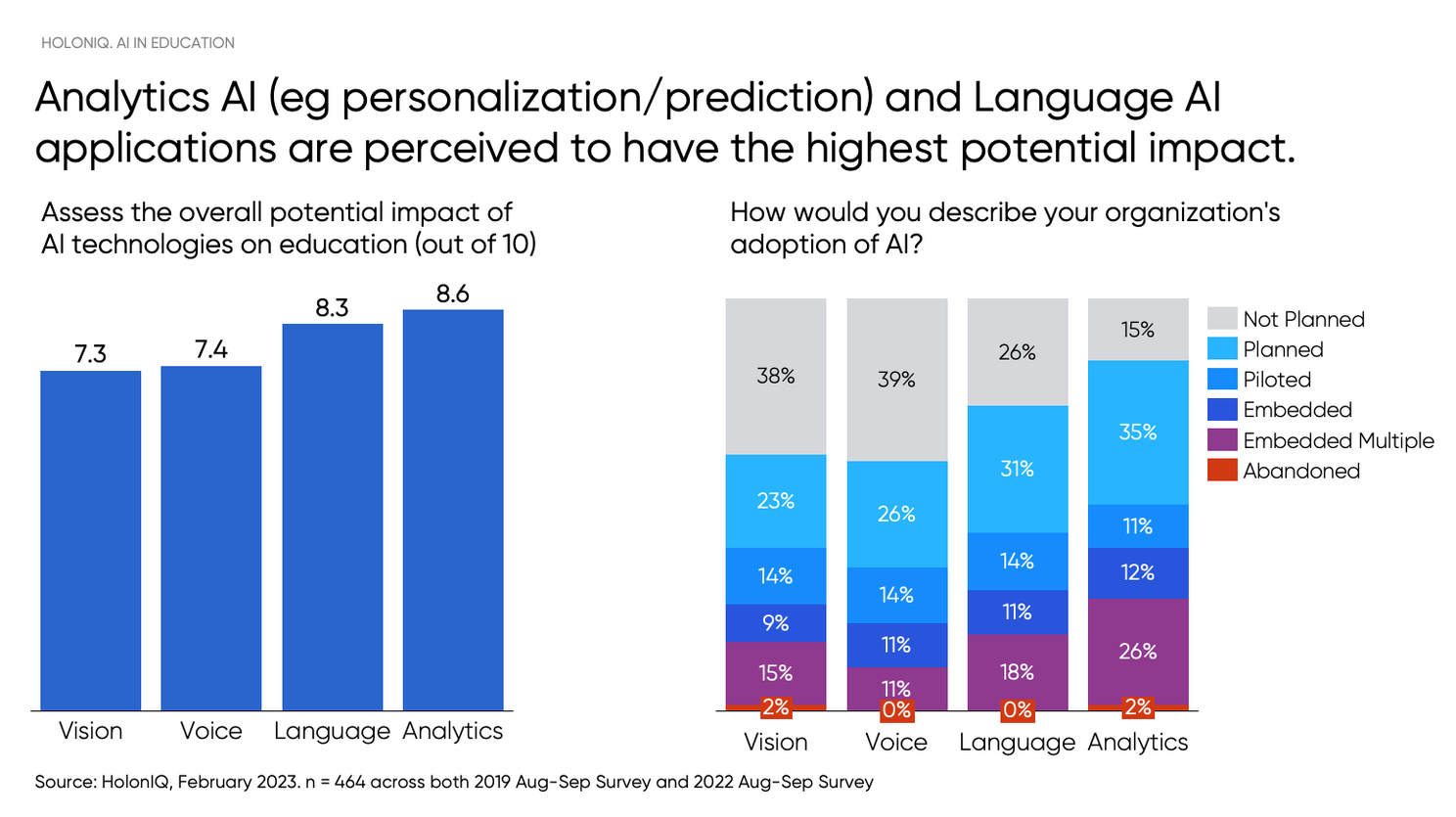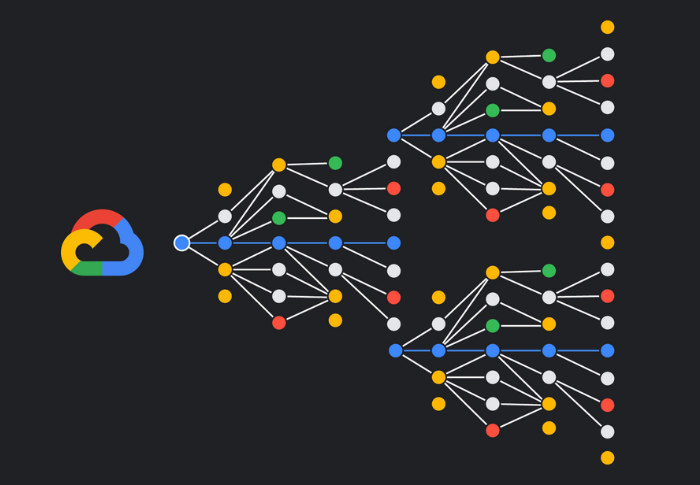
The future of education is digital
Recently, I got in touch with a study that stated that, among those “content-based industries” in the market, Education is the one who invests less in technology, averaging 3% (against 35% for other industries) under the same segment, and considering my experience in the industry, I think it reflects the reality very well.
I’ve been working somehow with education my whole career in different levels and playing different roles too, and because of that I had the chance to dig deep in education’s reality across different countries. Despite the different local realities and challenges, in fact, the commonality across the board is that most of the investments in tech coming from educational institutions were concentrated on buying devices for laboratories, digital black boards and so on and even so, that represents virtually nothing if compared to other investments made in other areas across the institution.
Over the last couple years, for certain industries (like Finance and Health, for instance), technology had quickly taken the core of every company’s strategy, impacting not only the way products and offers were designed, but mainly the business model for those companies. Including, the saying that “every company is now a software company” arose as a tentative of describing how critical that moment moment was. However, it was not the reality for Education, which ended up being one of the last industries to fully embrace the digital.
A forced shift
For Education, everything changed with the surge of the pandemic of Covid-19. Suddenly, educational institutions found themselves in a situation where the classic teaching-learning model (meaning, students sitting in a classroom watching a one-directional lecture) didn’t work out anymore.
A new online and 100% digital model was forced to come out of the pipes overnight. A model that moved students, teachers, internal staff and contents all from analogical to digital, making the entire educational ecosystem dramatically change its priorities. It was painful! Exactly because of the fact that I highlighted earlier (historically, the investments on technology in Education simply weren’t there).
Nowadays, it looks like that leaders in the Education industry finally got to understand that education is (and has always been) on the edge of the big changes happening in the society and because of that, increasing investments in innovation attached to technology is critical. That mentality change can be easily seen when analyzing projections reports for Education.
For instance, HolonIQ assesses that expenditure with digital assets in Education will probably double down by 2025, hitting a total of $342B, an unprecedented mark for the industry.
This new movement has also geared the surge of startups focused on solving specific education’s challenges (they are widely known as EdTechs). In 2022 alone, EdTechs across the globe were able to capture +$10B from Venture Capital (VC). By far, the biggest number ever recorded. Due the uncertainty of the technology market in 2023 (you might have heard about layoffs and everything, right), that pace of investments suffered an important slow down. Still, it keeps hitting standards never even conceived by the industry.
The impact of Artificial Intelligence (AI) in the Education industry
Artificial Intelligence’ popularization is, by far, the biggest vector of transformation in education, pushing organizations to move to another level in terms of transformation in the industry as it hits its business model directly and will drive most of what the future of education will be shaped.
Important to mention that AI in Education is not a new topic. I’ve been personally involved in AI projects in education even before the advent of ChatGPT, discussing solution for topics like content personalization, student’s drop-off prediction, among others. If that is the case, what’s the difference now?
In my perspective, what is different now is that these Generative AI models (such as GPT and others) in its raw forms are challenging education’s “status quo”. There is a real fear about the impact that the efficiency of these models can bring to education industry.
As result, naturally, they’re forcing institutions across the globe to rethink the usage of the technology in favor of enhancing the teaching-learning process, at the same time that it now seems to make certain scenarios for long desired by institutions and educators (content personalization, students success prediction, are some examples) finally feasible. For instance: now we can really think about a solution that can understand students knowledge gaps and use generative AI to create from scratch an entire custom course to address efficiently those gaps.
That’s amazing and is all about empowering educators and institutions to be more effective on the task of preparing people to join a completely different new workforce. But that’s a subject for another time. Below’s chart presents HolonIQ gathered results after talking with several educational institutions across the globe about the impacts of AI in the industry.

If you look it thoughtfully, you will also understand that the history that above’s chart end up telling us is, despite the fact that institutions do recognize they’re going to be directly impacted somehow by the different applications of AI (vision, voice, language, analytics, and so on), the majority of them are either not planning to adopt AI strategies to its business or has it planned but didn’t do anything just yet.
As stated before, in the same study, HolonIQ interviewed several institutions across the globe earlier this year (2023) and for them, the most common reason for adopting AI was to improve customer (students) outcomes. 75% of interviewed noted this as a priority, compared with 45% who cited cost reduction, and 43% looking to disrupt the market.
Now, if there is a high-desire for adopting AI and a clear recognition about its impact in the industry, the question that arises then is: why is it so low the amount of institutions doing something effective with it? Well, there are several reasons for that, obviously, but for me, one of them stands out.
“Effective AI depend on quality data. Effective data depend on an enterprise level strategy for data aggregation, management and analytics and very few institutions have been preparing for this.”
So let’s discuss this a bit.
There is no digital or AI-guided education without quality data
If you’re not so sure about why “quality data” is so important to enable digital education, lets together think through it.
I’ve been talking to several educational institutions throughout my career and this is not new. I mean, since the terminology “Big Data” came out in the market making strides (around 2005-2006), like every other company in the World, educational institutions got deeply interested on knowing more about it and eventually, putting it to work. Who wouldn’t like to organize all the data together and extract valuable information from it, right? The problem though, has always been the Return of Investment (ROI) for projects of that nature in Education. Couple years ago, having an efficient big data infrastructure capable of processing terabytes of data to provide insights was so expensive and complex, that educational institutions (at the time investing poorly in technology) always considered it a secondary need.
Today, the scenario is different in so many ways.
First, the popularization of the cloud computing platforms and its high-level services for data removed, to a profound degree, the complexity of putting up a robust Big Data infrastructure. Not only that, it removed the cost barrier too as serverless architectures (like Google Cloud Big Query, for instance) allow companies to pay only for what is used rather then for the whole standing up infrastructure, regardless its been used or not.
This is where solutions like the one Google Cloud engineers recently published in GitHub, Education Data Platform, comes to help. Run one script and get everything set up for you in a matter of minutes. Second, there is no AI without data. Period. Institutions need to understand that. Efficient AI can only be achieved if data being fed up is quality data. Now, how do you produce quality data if your data points are evenly spread over multiple applications across the organization (situation known as “Siloed Data”)?
Enterprise-grade data platform is, again, needed here. It is more than just grabbing insights out of the data, it is about enabling AI and as result, enabling the future of education. Probably, that’s the reason by which the market is leaning towards data centric approachers so quickly. Big Data, Analytics and AI in Education is expected to hit $36B by 2027, with a growth of 15% CAGR, according toa recent study from Fortune Business Review.
Wrapping up
Believe me when I say this: “The future of Education is bright and will rely heavily on technology”. There is no doubt. Every single aspect of the market nowadays points to it.
Obviously, as we understand more about the roles AI is going to play in that context (I’m sure there will be lots of them) it tends to become more and more critical to the overall industry, and naturally, data tends to gain even more relevance, becoming foundation for any institution looking to transform itself and get ready for what’s next.
My advice? Transformation is a journey, that can mean different set of steps to each institution. But, the commonality of that when looking to the near future must to be “organizing data”.
It is kinda like building a house. Once you have your foundation in place, you can build how many rooms (which different sizes) you want, meeting whatever set up you want. It obviously wouldn’t be possible without the foundation, though. It would quickly fall. For me, this is what is going to differ institutions succeeding in their AI strategies from those failing at it.



